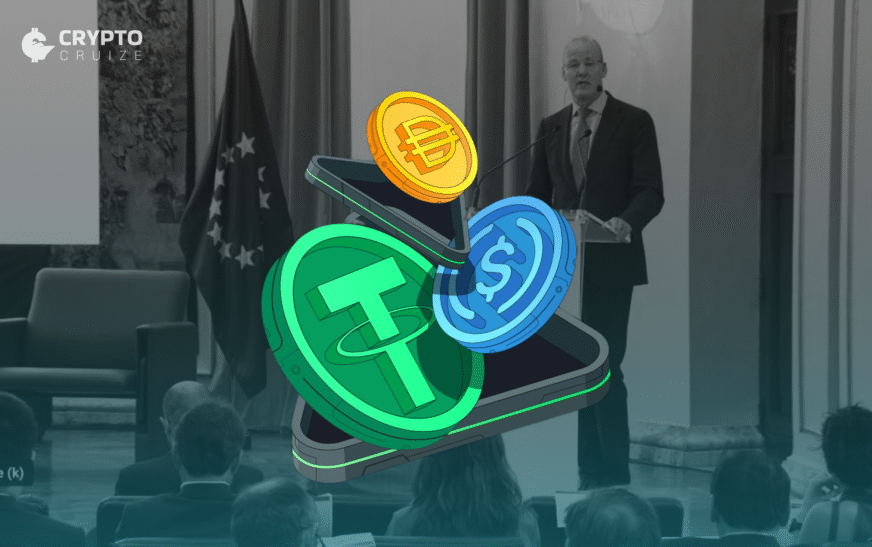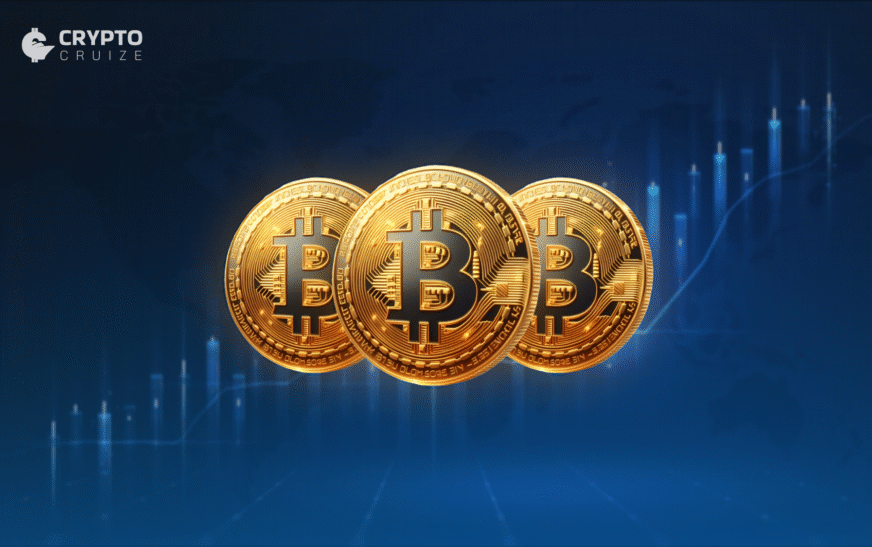As crypto markets grow increasingly entangled with traditional finance (TradFi), global regulators are ramping up warnings. The Financial Stability Board (FSB), which monitors and advises on global financial systems, has issued fresh caution about the sector’s evolving risks. Outgoing FSB Chair Klaas Knot stated on Thursday that crypto assets may soon pose systemic risks to traditional finance, as stablecoins and exchange-traded funds (ETFs) bring the two worlds closer than ever.
Knot: We’re Nearing a Critical Threshold
Speaking at an event in Madrid, Knot, also the president of the Dutch central bank acknowledged that while crypto does not yet threaten financial stability on a global scale, the situation is changing rapidly.

“We may be approaching a tipping point here,” Knot warned, referencing the accelerated mainstream adoption of crypto investment vehicles like ETFs. These products have slashed entry barriers for retail investors, allowing access to digital assets without the need to handle private keys or manage crypto wallets.
With user-friendly crypto ETFs now being listed on major exchanges, investor exposure is expanding beyond the usual crypto-native crowd. This has deepened financial integration, raising the stakes for potential knock-on effects in the event of market disruption.
Stablecoins in the Crosshairs
Knot highlighted stablecoins as a particularly concerning area. These fiat-pegged digital assets, often backed by reserves of US Treasurys, have grown to a combined market capitalisation of over $251 billion, according to DefiLlama. That size, and their role in facilitating crypto transactions and DeFi operations, embeds them deeply within the wider financial system.
“Stablecoin issuers now hold significant amounts of US Treasurys,” said Knot. “That’s a segment that we clearly must monitor closely.”

His comments are reinforced by a recent Bank for International Settlements (BIS) paper, which found that inflows into stablecoins depress three-month US Treasury yields by 2–2.5 basis points within ten days, while outflows raise them by 6–8 basis points. These effects are mainly confined to short-term bonds, but they illustrate how movements within crypto can now directly influence sovereign debt markets, traditionally seen as safe havens.
The study also confirmed that the most impactful players are Tether (USDT) and Circle’s USD Coin (USDC), which hold the largest Treasury reserves among stablecoins.
Regulatory Moves: US Senate Pushes GENIUS Act
Amid these rising concerns, policymakers are beginning to act. In the United States, the Senate has advanced the Guiding and Establishing National Innovation for US Stablecoins (GENIUS) Act, a bill that aims to provide regulatory clarity for stablecoin issuers.

Passed by a 68–30 vote, the bill moves to floor debate and a potential final vote before it can be sent to the House of Representatives. If enacted, it would establish a national framework for the issuance of dollar-backed stablecoins, a move welcomed by many in the digital asset industry for promoting clarity and competitiveness.
The GENIUS Act could help consolidate fragmented state-level rules and bring stability to a market that has operated in regulatory limbo for years. While the legislation stops short of imposing banking-level requirements, it does call for stronger reserve standards and more transparent reporting.
Leadership Shift at FSB as Crypto Oversight Grows
As regulatory momentum picks up, the FSB is preparing for a change in leadership. Klaas Knot will step down from both the FSB and the Dutch central bank by 30 June. Bank of England Governor Andrew Bailey is set to succeed him at the FSB. The Netherlands has yet to name Knot’s replacement.

With the FSB expected to maintain pressure on national regulators for tighter crypto oversight, Bailey’s appointment could steer policy in a more risk-averse direction, especially given the UK’s own cautious approach to digital assets.
Regulation and Risk on the Rise
The FSB’s latest warning reflects the growing tension between crypto innovation and financial stability. As institutional products like ETFs blur the line between crypto and TradFi, and as stablecoins become essential to both on-chain and real-world liquidity, regulators are increasingly concerned about contagion risks.
Crypto may still be far from triggering a 2008-style crisis, but if integration deepens without oversight, the sector could shift from disruptive to dangerous. The tipping point, as Knot puts it, may be closer than we think.



















































